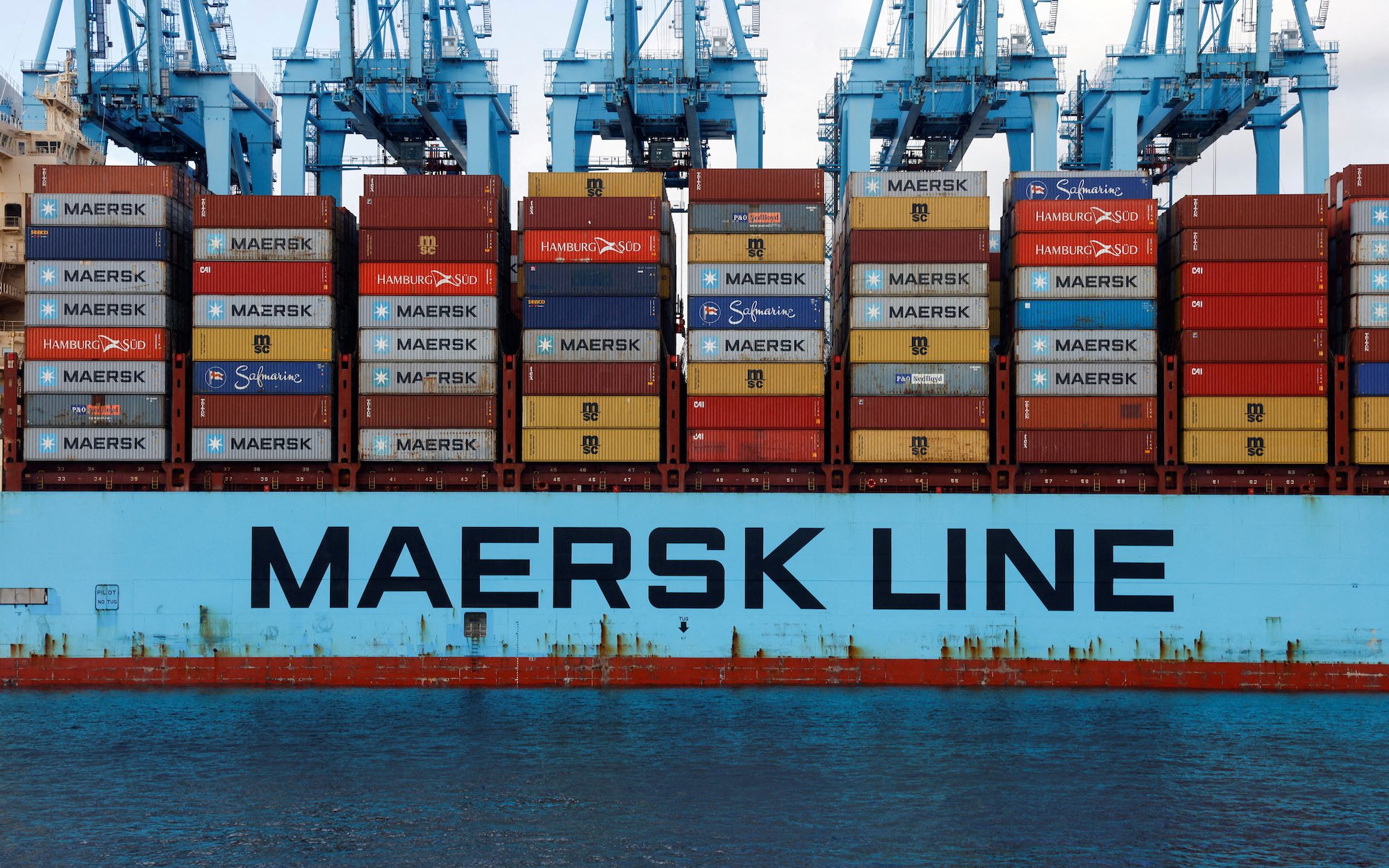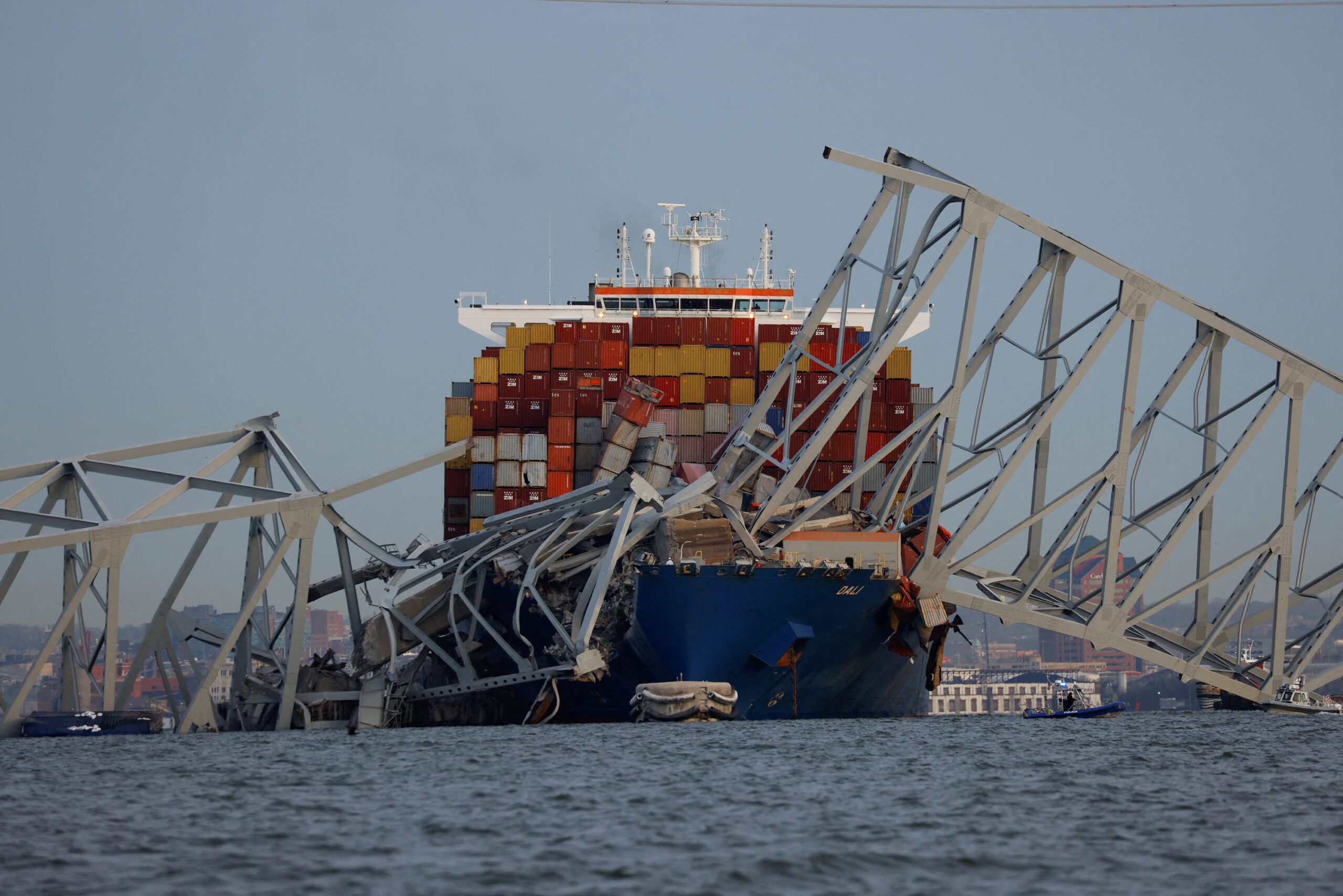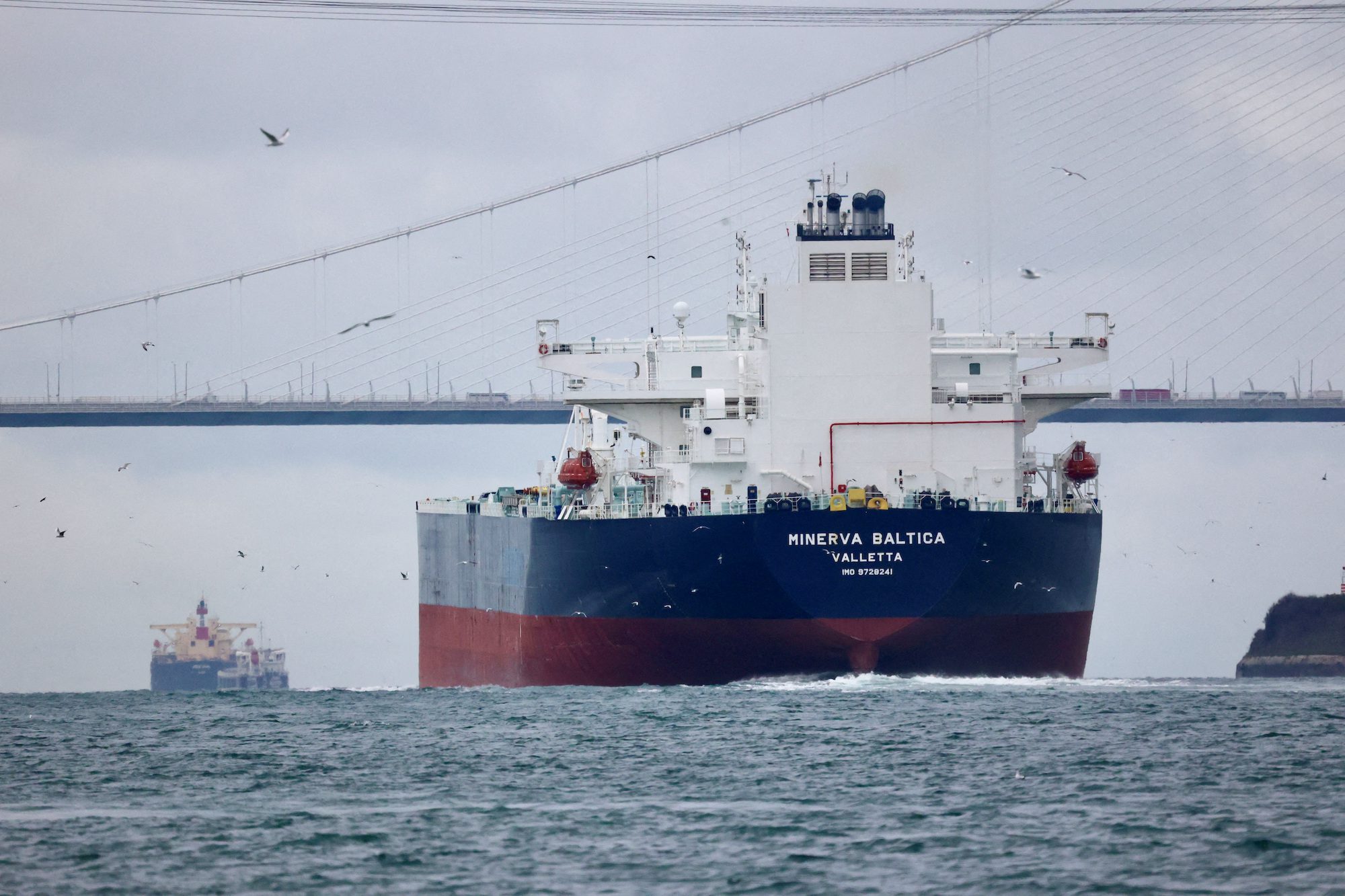© 2017 Bloomberg L.P
By Debjit Chakraborty and Saket Sundria
(Bloomberg) — India’s Oil & Natural Gas Corp. is wading into deep waters where energy giants BP Plc and Reliance Industries Ltd. found a sea of trouble.
State-run ONGC plans to invest in a region off India’s east coast to help boost natural gas output and raise crude flows, said Tapas Kumar Sengupta, its director for offshore operations. The nation’s top explorer will spend about 648 billion rupees (about $10 billion) in deepwater projects in the Krishna-Godavari Basin, according to Oil Minister Dharmendra Pradhan.
ONGC is betting that it can pry more out of the resource-rich area by studying hurdles faced by other companies. Reliance and partner BP have a project in the basin that’s producing only 9 percent of its target. Unearthing deposits from the region, where the depth of water is comparable to those in the U.S. Gulf of Mexico, are critical to Prime Minister Narendra Modi’s plans to cut energy imports and help narrow a budget deficit.
“The east coast is our future because western offshore fields are in a heavy declining trend,” Sengupta said in an interview in his office in New Delhi. “To keep India’s gas production alive, the east coast needs to make a tremendous contribution in the next two decades.”
The country’s biggest hydrocarbon producer expects the area, including its KG-DWN-98/2 block, will add about 40 million standard cubic meters to daily gas production within five years, according to Sengupta. That’s almost half of India’s net gas production of 84 million standard cubic meters a day from April 2016 to February this year. Oil output could rise by 77,000 barrels a day, he said.
ONGC’s block lies next to Reliance’s KG-D6, one of the biggest discoveries of the year when it was found in 2002. Production there has tumbled about 85 percent since hitting a peak in 2010 as the private Indian company and BP found the reservoir is more difficult to produce from than they had initially estimated.
Shut Wells
Gas production at the KG-D6 block was 2.64 billion cubic meters during the 11 months to February, compared with a target of 29.32 billion for the fiscal year ending March 31, Oil Minister Pradhan said in parliament on March 20.
Reliance, controlled by India’s richest man Mukesh Ambani, and BP were forced to shut most of the wells producing gas from the KG-D6 block after water and sand started entering them. Production also declined because of low flow pressure and natural decreases of deposits in the wells.
Technological developments over the past few years may help ONGC avoid similar pitfalls. “We have confidence the technology can mitigate the risks of developing such high-risk areas,” Sengupta said, adding that the company has also learnt from the problems that have afflicted others.
The company has done “extensive” appraisals in the area, which has helped it analyze the reservoir’s characteristics, he said. To test the rates of hydrocarbon flows, ONGC has started early production from a deepwater well in the area that’s near the Reliance-BP block.
Deepwater Challenges
“The well has been producing 1 million cubic meters a day since May without any decrease in flow,” Sengupta said.
The energy deposit lies in the Bay of Bengal below up to 2,900 meters of water, making it comparable to some of the deepest areas in the world, including Royal Dutch Shell’s Stones and Perdido projects in the Gulf of Mexico.
“Challenges are huge in deepwaters and the biggest challenge was to establish the flow assurance,” Sengupta said. “Unless and until you are confident about the volume, you cannot propose something to your stakeholders.”
Companies also require prices that can justify production. Reliance and BP, which discovered additional gas pools near the biggest reserves in their block, are awaiting assurances on pricing from the Indian government before they start developing the new deposits, the British company’s chief executive officer, Bob Dudley, told analysts Feb. 28.
Gas Pricing
ONGC is confident its projects are viable at current prices. The cap now for fields that are located in deepwater, ultra-deepwater and high pressure-high temperature areas is $5.30 per million British thermal units. India sets gas prices every six months using a formula based on U.S., Canadian, U.K. and Russian rates, with the next revision due on April 1.
“The government direction for a different kind of gas pricing is helping us to make these fields viable,” Sengupta said. “ONGC is already gearing up for the big work to be done for the import reductions.”
© 2017 Bloomberg L.P
Unlock Exclusive Insights Today!
Join the gCaptain Club for curated content, insider opinions, and vibrant community discussions.

 Join The Club
Join The Club












